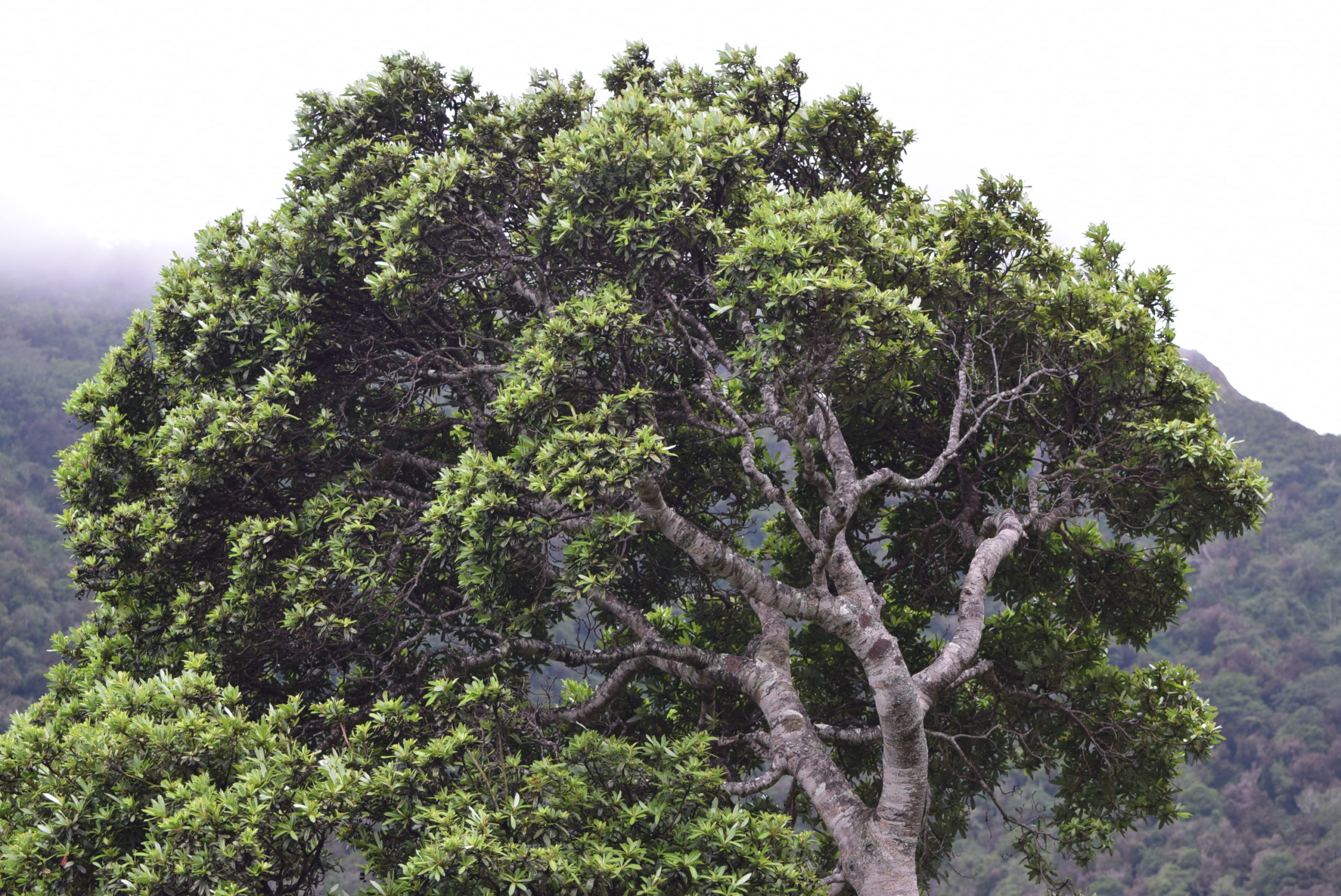40,000 tree species now published on the IUCN Red List
-
Region
Global -
Programme
Global Tree Assessment -
Workstream
Sharing Knowledge and Resources -
Topic
Tree Conservation -
Type
Press Release -
Source
BGCI
News published: 11 December 2023
Today the IUCN Red List of Threatened Species has been updated! With the publication of around 4,000 new tree assessments the total number of tree species on the IUCN Red List is over 40,000. This means 70% of trees now have a published IUCN Red List assessment. We continue to see trends found in the State of the World’s Trees, with one third of tree species being threatened with extinction and major threats of land use change for agriculture and logging impacting global tree diversity. Therefore, it is still as important as ever to take action to save the world’s threatened tree species.
This year there has been a particular focus on timber tree species with the publication of the Red List of Timber Trees (October) and The Red List of Dipterocarpaceae (March) by BGCI. The former identified that 1/3 of tree species used for timber are threatened by their use and extraction. In the update today the assessment for Big Leaf Mahogany (Swietenia macrophylla) is published, this is one of the world’s most valuable and sought after timbers as well as one of the most threatened. Over extraction in the last 100 years has driven the species to be assessed as Endangered. Big Leaf Mahogany exemplifies the need for more data to be available for timber tree species to make informed decisions on management, sustainable use and trade; as well as the provision of resources to protect timber trees in the wild in currently designated areas and enforce international and national trade policies such as CITES.
With the Global Tree Assessment in its final year, assessments published in this year’s update are truly global. This update sees several hundred assessments for Mesoamerican trees being published. This region is now comprehensively assessed for trees, with the publication of endemic trees from Mexico, Costa Rica, Guatemala and Panama. In Southeast Asia, there has been a focus on completing taxonomic groups from the region with assessments being published today for Artocarpus (bread fruits), Diospyros (ebonies), Lithocarpus (stone oaks) and Dipterocarps (Dipterocarpaceae).

There are also new entries to the Red List for Pitcairn Island and Juan Fernandez Archipelago, both in the Pacific Ocean. Although these islands have very few tree species, tropical island trees are at high risk from severe weather events and invasive species; therefore they are proportionally more threatened. A specific partnership with UICN in France has led to the publication of all trees in French Polynesia on the IUCN Red List. With the current global COP 28, the need to protect islands for their unique biological and cultural diversity is at the forefront of the agenda.
The publication of 4,000 trees on the IUCN Red List in 2023 would not have been possible without the persistent work and commitment of GTA partners, assessors and reviewers and the support of the IUCN SSC Global Tree Specialist Group. The Global Tree Assessment has hosted workshops online and in Singapore, Fiji and the Dominican Republic this year. We thank everyone who has contributed to maps or assessments for tree species.
We are in the final phase of the Global Tree Assessment, as we come closer to having comprehensively assessed all trees on the IUCN Red List in 2024 we will broaden our work. While continuing assessments, there are plans to lead country level conservation planning for trees in Malaysia and Chile with the IUCN Conservation Planning Specialist Group. We will also continue to investigate the establishment of AZE (Alliance for Zero Extinction sites) for trees. All efforts from the Global Tree Assessment support BGCI’s practical tree conservation programmes so watch this space for more assessment and on the ground tree conservation action!
Support BGCI
You can support our plant conservation efforts by sponsoring membership for small botanic gardens, contributing to the Global Botanic Garden Fund, and more!
Become a Member
Be part of the largest network of botanic gardens and plant conservation experts in the world by joining BGCI today!